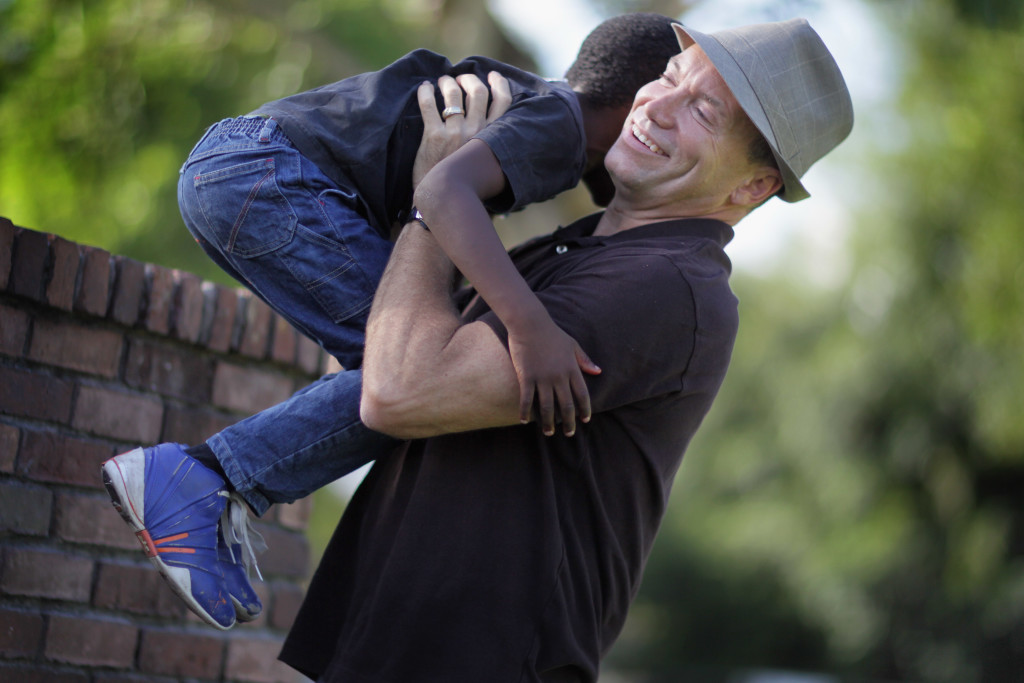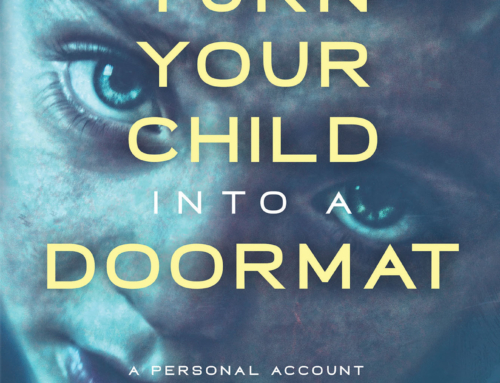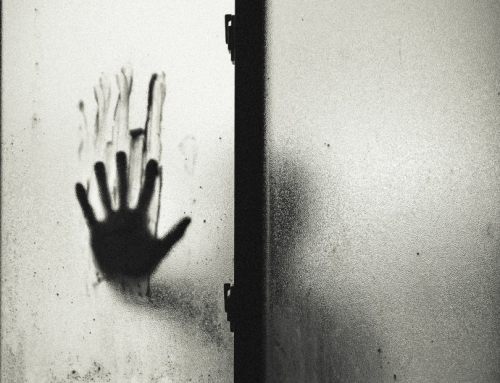Statistics on Youth Aging Out of Foster Care
According to Casey Family Programs, about 25,000 young people between the ages of 18 and 21 must leave foster care each year. These young people have experienced maltreatment and have lived with instability. So it will probably come as no surprise that they are often ill prepared to suddenly live independently and figure out on their own how to do what the foster care system was set up to do for them—feed, clothe, and house them. Aging out of foster care without a permanent home is the highest-risk outcome for a foster youth. Let’s take a look at some statistics: • Approximately 25% of former foster youth nationwide reported that they had been homeless within 2 to 4 years of exiting foster care. (National Alliance to End Homelessness). • Foster youth approach the transition to adulthood with significant educational deficits: o They are 14 times more likely not to complete college than the general population (Chapin Hall Midwest Study). o They are more than twice as likely not to have a high school diploma or GED as their peers (Chapin Hall Midwest Study). • About 25% of foster care alumni experience post-traumatic stress (compared to 4% of the general population) (Northwest Foster Care Alumni Survey). • The unemployment rate among foster care alumni was 47% (Chapin Hall Midwest Study). • Youth in the system receive healthcare through Medicaid and are at risk of losing this coverage once they age out of care; only half of young adults leaving care have medical insurance (Chapin Hall Midwest Study). • Thirty percent of youth participating in the Midwest Study reported being arrested; 15% reported being convicted of a crime; and 29% reported being incarcerated (Chapin Hall Midwest Study at Age 21).






